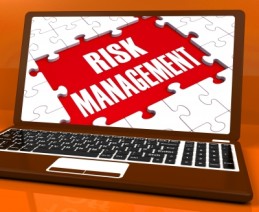


Steps to Address Inaction During a Corporate Crisis
From The Wall Street Journal Risk & Compliance Journal and Deloitte:
At what point does business-as-usual turn into a corporate crisis? It’s not always clear, and executives might treat the first signs of a crisis—not realizing the magnitude—with complacency. Confounded by stress responses and human behavioral factors, an organization can lose precious time if executives are indecisive and situations escalate to threaten the organization’s reputation, business and sometimes its survival.
For most, a major crisis is a rare occurrence. As a consequence, it can be easy to fall back on routine procedures or improvise solutions instead of following practices that been well thought out and planned in advance. The following are crisis management steps organizations should consider to help clarify and effectively address a crisis situation.
Activate. Convene a crisis management organization immediately. Designate a leadership team, including a top leader adept at strategic analysis and action in fast-changing environments, and a deputy skilled at inclusive team management. Choose members with diverse experiences from across corporate functions with crisis management experience, if possible, to coordinate, communicate, assess and analyze information. Include those closest to the issue on the ground who can report on local conditions and take immediate action, if needed. Empower members to share their views to facilitate information flow critical to ongoing assessments as the crisis evolves. Don’t assume everyone has a complete understanding of all known facts.
To read the rest, click here.
Photo Credit: FreeDigitalPhotos.net and Stuart Miles